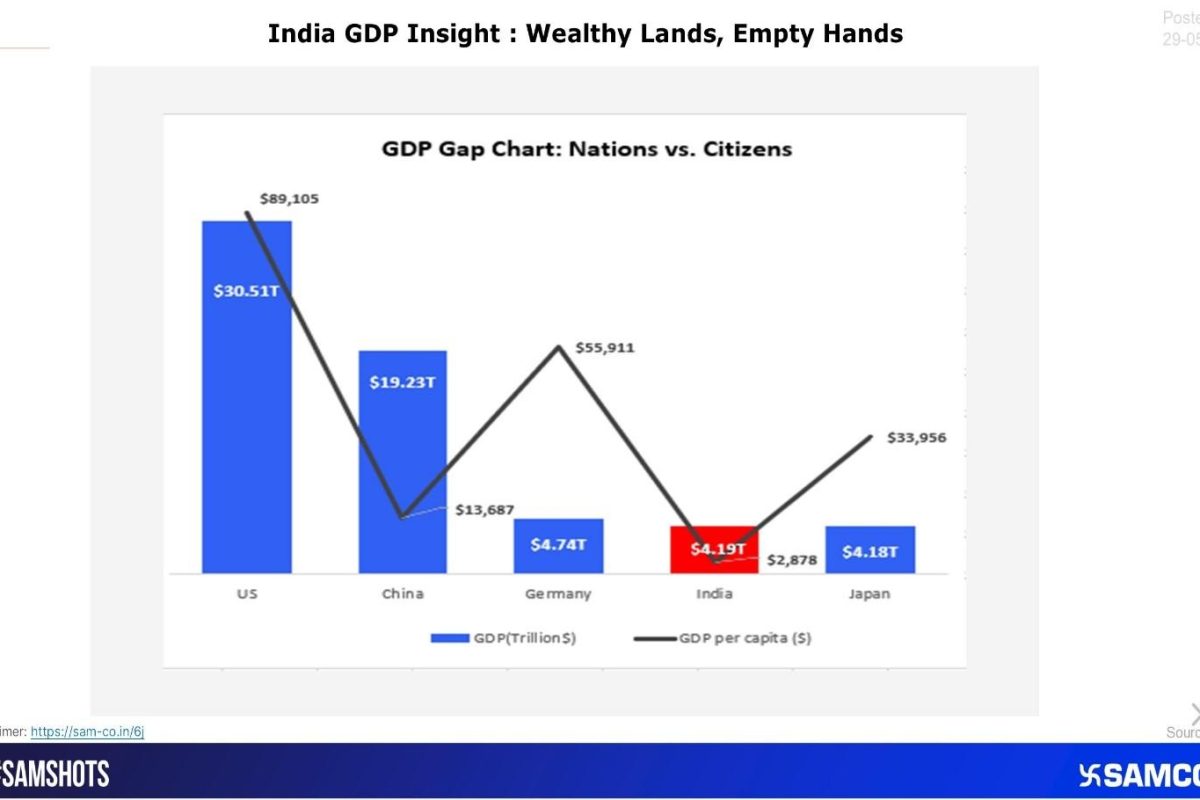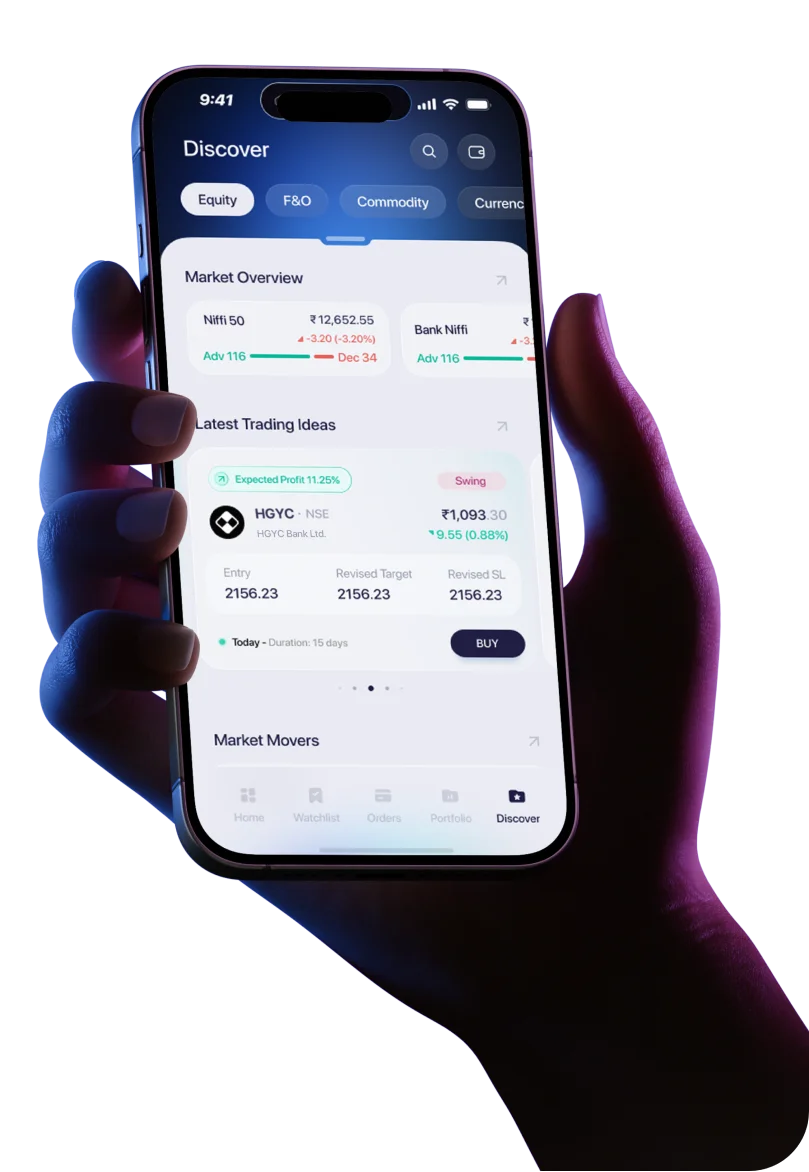You've probably seen the headlines: India has officially overtaken Japan to become the world's fourth-largest economy. With a GDP of $4.19 trillion, it's now trailing only the US, China, and Germany. It's pretty impressive for a country that was struggling with poverty just a few decades ago.
But here's where things get interesting – and a bit sobering.
The Numbers Don't Tell the Whole Story
While India's total GDP looks fantastic on paper, the reality for everyday Indians is quite different. When you break down that $4.19 trillion among India's massive population of 1.45 billion people, each person gets about $2,878 per year.
To put that in perspective:
- An average American has $89,105
- A Japanese citizen has $33,956
- Even in China, it's $13,687 per person
So, while India can now flex its economic muscles on the global stage, most Indians are still earning far less than people in other major economies.
Why This Happens (It's Pretty Simple)
Think of it like this: imagine you and three friends pool your money together and end up with $1,000. Sounds great! However, if 100 people suddenly join your group, that same $1,000 gets spread pretty thin. That's essentially what's happening in India – the economic pie is big, but it's being divided among way more people.
This isn't necessarily anyone's fault. India's huge population is both its biggest asset and its biggest challenge:
- The Good: More workers, bigger consumer market, endless innovation potential
- The Challenge: Every rupee earned gets split 1.45 billion ways
- The Reality: Even massive economic growth feels small when divided among so many people
What This Means for Real People
The gap between national wealth and personal wealth creates some fascinating contradictions:
- Government Power: India can afford space missions and nuclear programs
- Individual Reality: Many citizens still struggle with basic needs like healthcare and housing
- Business Success: Indian companies are global players worth billions
- Worker Wages: The average person's paycheck hasn't caught up to the country's success
It's like being part of a highly successful company worth billions, but your paycheck remains modest. Success is real, but you're not feeling it in your daily life.
The Road Ahead Isn't Easy, But It's Doable
So, what can India do about this? The solutions aren't rocket science, but they're not easy either:
- Create Better Jobs: Not just any work – India needs positions that pay living wages and offer career growth
- Fix Education: From basic literacy in villages to coding boot camps in cities, people need skills that employers want
- Spread the Wealth: Mumbai and Bangalore can't hog all the development – smaller towns and rural areas need their shot, too
- Build Infrastructure: You can't run a modern economy without reliable electricity, decent roads, and internet that doesn't cut out every five minutes
The Bottom Line
India's rise to become the world's fourth-largest economy is genuinely impressive. It shows the country has enormous potential and is heading in the right direction. But the low per-capita income reminds us that economic growth isn't just about big numbers – it's about improving real lives.
The challenge now is ensuring that as India continues to grow economically, this growth translates into improved living standards for ordinary Indians. It's not impossible, but it'll take innovative policies and sustained effort.
India has proven it can compete with the world's biggest economies. Now, it needs to prove it can take care of its people just as well.
Source: International Monetary Fund data, 2025




 Easy & quick
Easy & quick
Leave A Comment?